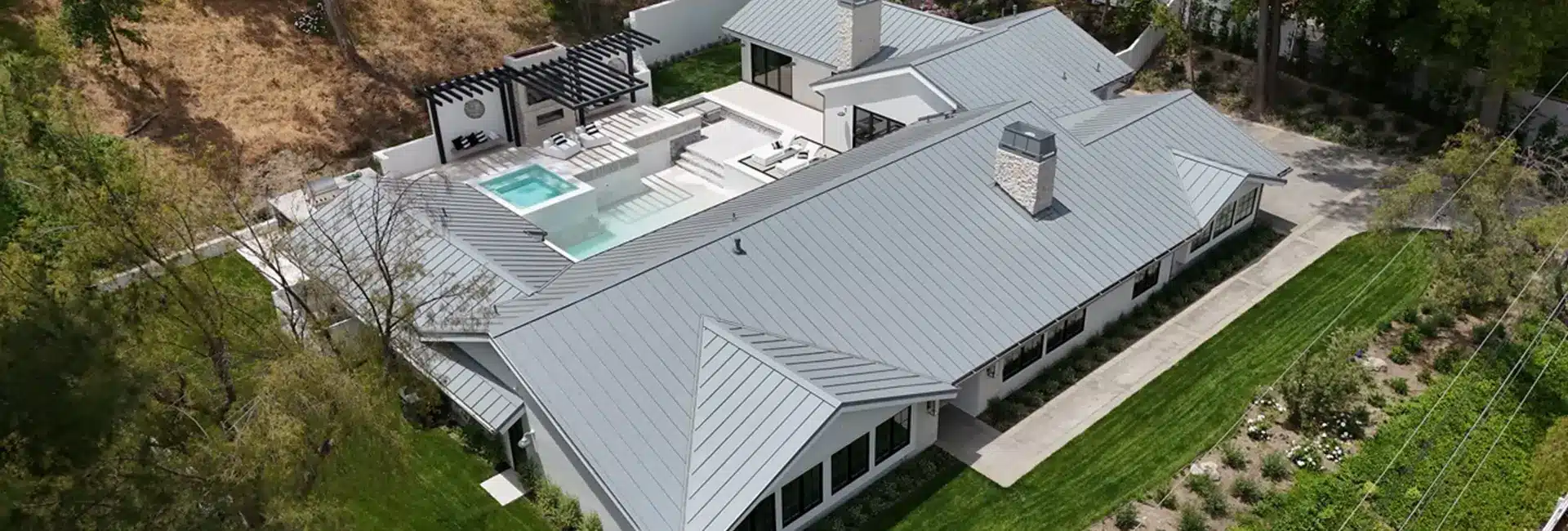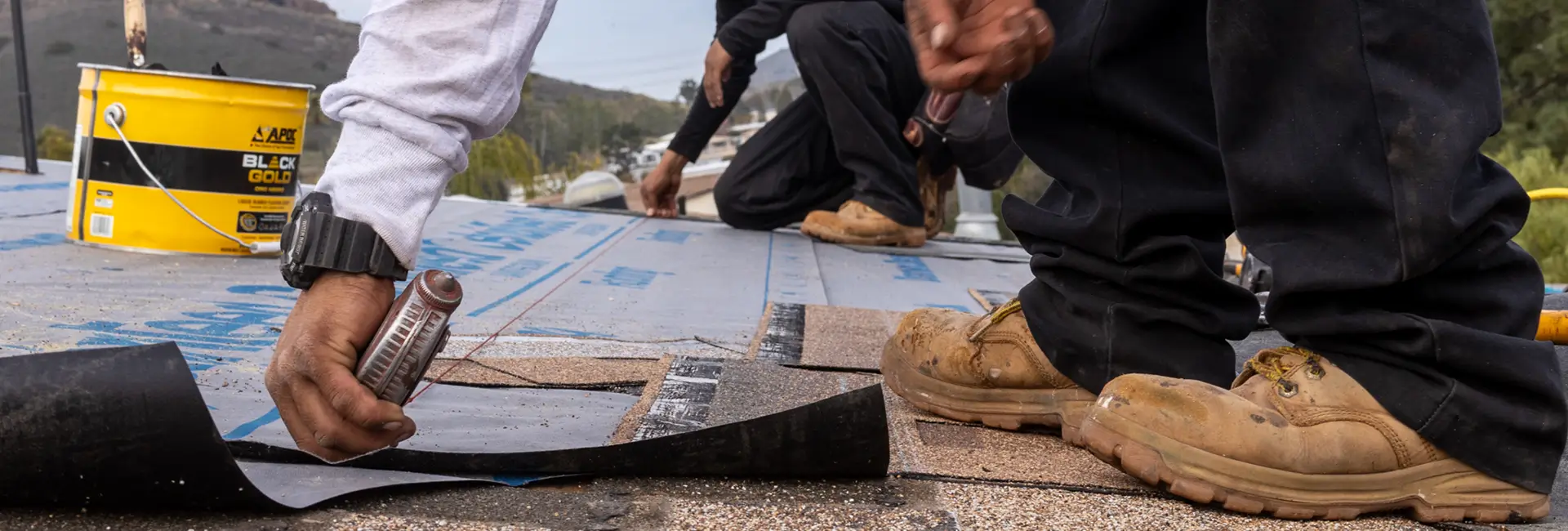In this guide, we’ll explore key tips to help you finance your dream roof and keep your home safe and beautiful.
Can You Finance a New Roof?
Yes, you can absolutely finance a new roof! Roofing companies like LocalRoofs often offer financing options to help spread out the cost of replacing a roof.
Whether you’re upgrading your roofing material, fixing damage, or installing a brand-new roof, there are several ways to manage the cost.
1. Explore Roofing Company Financing Options
Some roofing contractors – like LocalRoofs – offer financing options directly to their customers. (Check out our options.) This can be one of the easiest ways to finance your roof because the process is typically straightforward.
With monthly payments or monthly installments, you can spread the cost over time, making it easier to fit into your budget. Ask any roofing contractor you consider if they offer financing or can recommend trusted lenders.
2. Use a Personal Loan
A personal loan is a popular option for financing a roof replacement or home improvement project. You can apply for a personal loan through your bank, credit union, or an online lender.
These loans provide you with a lump sum upfront, which you can use to cover the costs of replacing or repairing your roof. Keep in mind that you’ll need good credit to get the best interest rates.
3. Consider a Home Improvement Loan
If you’re looking for a loan specifically designed for home improvement projects, a home improvement loan may be the right fit. These loans often have favorable terms and can be used for repairing or replacing your roof.
Just like with personal loans, your credit score will play a role in determining your eligibility and interest rates.
4. Tap Into Your Home’s Equity
Another option is to use your home’s equity to finance your roof. This can be done through a home equity line of credit (HELOC) or a home equity loan. Here’s how they differ:
- Home Equity Loan: You receive a lump sum upfront and repay it over time with fixed monthly payments. This option is best if you want to finance the entire project at once.
- Home Equity Line of Credit (HELOC): A HELOC works like a credit card, where you can borrow up to a set limit as needed. You can use the line of credit for the roofing project or any other home improvement needs that may arise.
Both options allow you to leverage the value of your home to finance a roof replacement. Be sure to consult your bank or credit union to explore your best options.
5. Use a Credit Card
For smaller roofing projects or repairs, you might consider using a credit card. While this isn’t the best option for large-scale replacements due to high interest rates, it can be helpful if you need to make immediate repairs.
Some homeowners choose to finance a roof with a 0% introductory rate credit card, allowing them to pay off the project over time without accruing interest.
6. Check Your Homeowners Insurance
Before financing a roof, check your homeowner’s insurance policy. If your roof was damaged due to a covered event, like a storm or fire, your insurance may cover part or all of the cost of repairing or replacing your roof. This can significantly reduce the amount you need to finance, leaving you with more manageable monthly payments.
7. Compare Roof Financing Options
Every homeowner’s situation is different, so it’s important to compare your roof financing options. Here are some things to consider when deciding how to finance a new roof:
- Interest Rates: Roofing company financing, personal loans, home equity loans, and credit cards all come with different interest rates. Shop around for the best deal.
- Ease and Convenience: Arguably the best benefit of getting financing through your roofing company is the ease and convenience of having your loan and work under one roof.
- Repayment Terms: Consider how long you’ll have to repay the loan and whether you prefer fixed monthly installments or a more flexible line of credit.
- Upfront Costs: Some loans may require an upfront payment or closing costs, while others might offer no money down.
By comparing these options, you can find the financing method that best fits your needs and budget.
8. Create a Roof Maintenance Plan
Once you’ve financed your roof, it’s important to take care of it. A solid roof maintenance plan will help extend the life of your roof and protect your investment. Regular inspections, gutter cleaning, and minor repairs can prevent larger, more expensive issues down the road. Take a look at these 9 common roofing problems homeowners should watch for.
9. Work with a Trusted Roofing Contractor
When financing a roof, it’s important to work with a reputable roofing company like LocalRoofs. Make sure your contractor is licensed and insured and offers high-quality roofing materials. A good contractor will provide a clear estimate and help you navigate financing options to make your project more affordable.
The Bottom Line
Financing a roof doesn’t have to be stressful. Whether you opt for a personal loan, a home equity line of credit, or a roofing company that offers financing, there are plenty of ways to make replacing a roof more affordable.
By understanding your options and working with a trusted roofing contractor like LocalRoofs, you can protect your home without breaking the bank.
Start exploring your roof financing options today and get one step closer to your dream roof!


